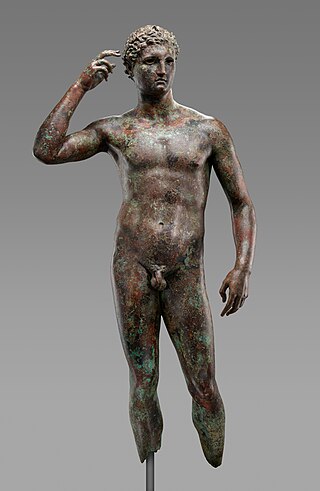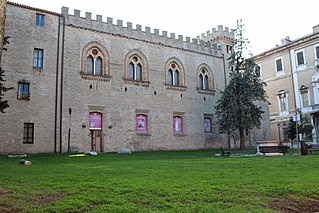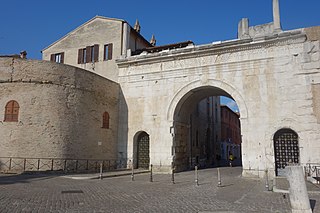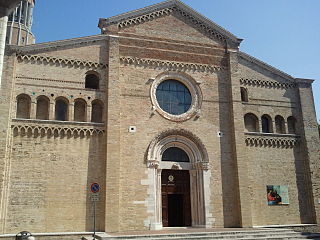6 Sights in Fano, Italy (with Map and Images)
Legend
Welcome to your journey through the most beautiful sights in Fano, Italy! Whether you want to discover the city's historical treasures or experience its modern highlights, you'll find everything your heart desires here. Be inspired by our selection and plan your unforgettable adventure in Fano. Dive into the diversity of this fascinating city and discover everything it has to offer.
Sightseeing Tours in Fano1. Atleta di Fano
The Victorious Youth, also known as the Atleta di Fano, the Lisippo di Fano or the Getty Bronze, is a Greek bronze sculpture, made between 300 and 100 BCE, in the collections of the J. Paul Getty Museum, displayed at the Getty Villa in Pacific Palisades, California.
2. Palazzo Malatestiano
The Malatesta Palace is a historic building that houses the Malatesta lordship in Fano. It is located in the city center, overlooking Piazza XX Settembre, next to the Palazzo della Ragione, in the junction between Via Galeotto, Via Montevecchio and Via Nolfi. It is in Renaissance style but what can be admired today is also the result of architectural changes and interventions that took place over six centuries.
3. Grotta di San Paterniano
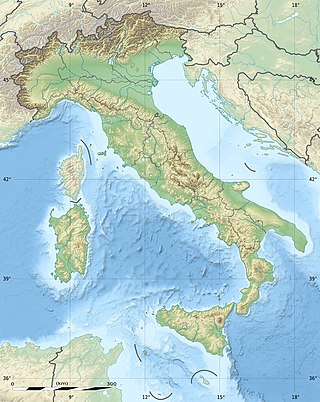
The cave of San Paterniano is located in Fano, in the Marche region, more precisely on a privately owned farm, next to the road that leads from Caminate to Sant'Angelo in Ferriano, to the right of the Metauro river. Its name derives from the discovery, by three men, in the eighteenth century, of an inscription engraved with the name of San Paterniano who would have lived there, with some of his companions, to escape persecution against Christians.
4. Arch of Augustus
The Arch of Augustus in Fano is a city gate in the form of a triumphal arch with three vaults. It is the entrance to the city by the via Flaminia, which became the inside of the wall of the decumanus maximus. It is one of the symbols of the city.
5. Faro di Fano
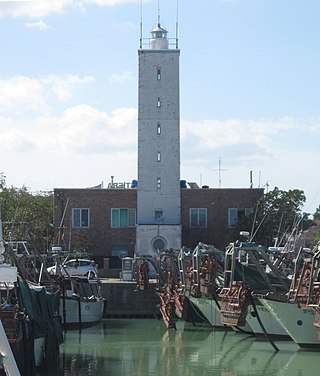
The lighthouse of Fano is located about 350 m. south of the entrance to the canal port and consists of a quadrangular white tower that rises from a two-storey brick-colored building, home to the Maritime District Office.
6. Cattedrale di Santa Maria Assunta
Fano Cathedral is the principal church of Fano, Marche, Italy. Originally the seat of the bishop of Fano, since 1986 it has been the episcopal seat of the Diocese of Fano-Fossombrone-Cagli-Pergola. In January 1953 Pope Pius XII elevated it to the rank of a basilica minor.
Share
How likely are you to recommend us?
Disclaimer Please be aware of your surroundings and do not enter private property. We are not liable for any damages that occur during the tours.
